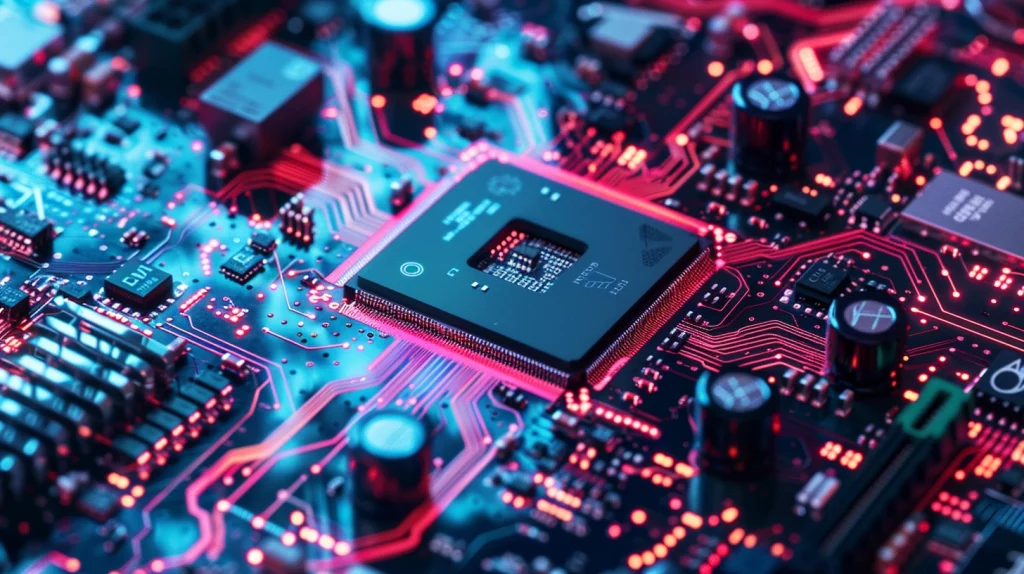
In the ever-evolving landscape of technology, businesses and developers are constantly faced with a crucial decision: whether to opt for software solutions or rely on embedded hardware. This dilemma underscores the fundamental trade-offs between scalability, energy-efficiency and reliability. In this article, we delve into the comparison of these two approaches, examining their respective strengths, weaknesses, and real-world implications.
Scalability
In very general sense, software solutions provide better scalability than embedded hardware. Of course this has to be compared case by case, but with the right underlying infrastructure software solutions can leverage server clusters to easily scale and share ressources (e.g. using Kubernetes). For example our MoIN solution can startup a codec in a couple of seconds while adding a new hardware codec would require technicians to install the codec, attach cables, provision IP addresses and more.
Energy Efficiency (and in consequence C02 savings)
To reduce energy consumption as well as saving C02 equivalents (CO₂e) the required density per location is an important factor. In places where only a few audio channels need to be received, for example at radio transmitters, embedded hardware can outperform software solutions on server hardware by far. But in centralized head-ends where many channels are processed at the same time, software seems to be the clear winner. Even though dedicated hardware has a better efficiency than CPU based processing, it becomes clear very quickly that when you replace 400 hardware codecs by only 6 servers that the energy consumption is reduced significantly.
Reliability
As a company that both creates software solutions and embedded hardware we know that it is very difficult to foresee errors that occur on hardware that you don’t control such as standard server hardware or even PCs. So manufacturing the hardware and creating software for an embedded device helps with controlling every part of the processing and increases reliability. In contrast when it comes to a huge amount of channels redundancy plays a big role to increase availability and reliability of a system. Therefore software solutions and frameworks like Kubernetes can drastically improve the redundancy by using multiple replicas and even implement “self-healing” capabilities to restore the desired condition of a system.
TL;DR – Conclusion
The decision for embedded hardware or software solutions has to be evaluated case-by-case and unfortunately there is no general answer. We are living in a hybrid world in so many areas already. So we at 2wcom think that embedded hardware and software will co-exist and as a rule of thumb: the higher the density the more likely it will be that software solutions outpace embedded hardware.

